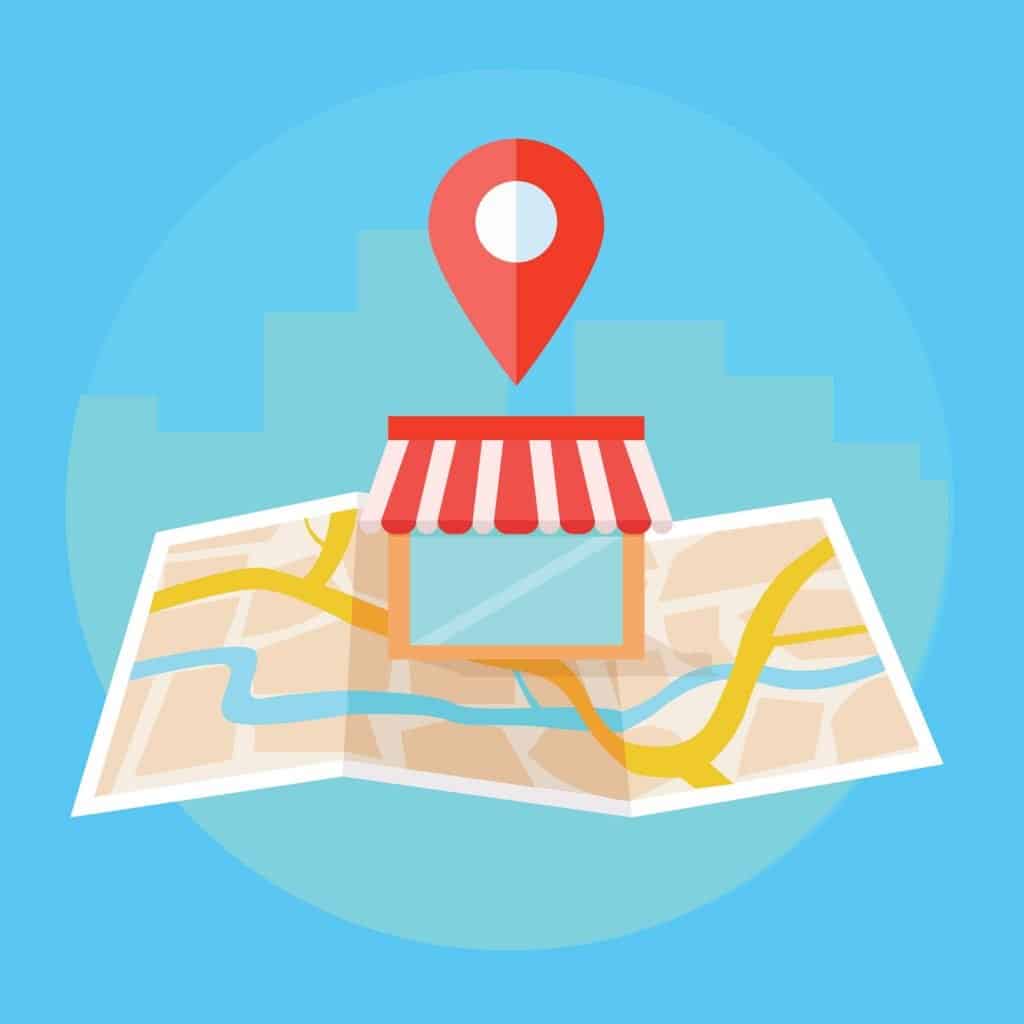As a small, local specialty retailer in the snow sports industry you may think it will be hard to compete on the worldwide web with brands and major online retailers. While I understand how the thought of trying to compete might be daunting, know that it is not as difficult as you would think. Advanced Google algorithms and local search have made it possible to level the online playing field for all those involved.
Here are a few tips to increase your online presence and search better online
1. Create your niche
First of all, don’t try to be everything to everybody. Specialize. Create your niche. Do some soul searching – exactly who really are your customers? Do you cater primarily to ski racers? Are you mostly a clothing shop? Do all your customers primarily visit from a particular area on weekends only? Create a buyer persona for the specific people who already shop in your store and gear all your marketing towards them.
Then determine exactly what products you need to sell on your online store. If you are a shop that specializes in ski rentals primarily, let your website show that is what you do. Don’t try to sell race skis and mogul skis and recreational skis as well as clothing and accessories online. Sell what your customer buys – rental packages and then introductory ski and boot packages or used skis as well as accessories like helmet, goggles and gloves. If you specialize in ski racing – don’t bother putting hats and recreational ski helmets or any other items that aren’t specifically for ski racers online. Cater to your core client. Not your core client and their parents. Or your core client and their non-skiing friends. Understand who your core customer is and gear your website towards them.
2. Treat your website like your physical store
Stop treating your website as an afterthought or online brochure. Pay attention to it regularly!
Continually add new content, especially to the home page, to keep the site fresh and interesting. Connect your site to platforms like Locally to not only give you great backlinks, but enable your local business and the products you sell to be found more easily online. Use Google Analytics to track website usage and where your traffic is coming from, and then tweak your website and social media marketing to reflect those trends.
Audit your site annually to optimize content and keywords for SEO. Get rid of unnecessary pages and clean up the site architecture so it makes more sense to both the Google bots and your users. (Don’t forget to redirect any pages you delete!) Compress images to minimize their size and maximize page load speed.
3. Blog
I cannot stress the value of a blog on a website enough. Even if no humans ever read your blog (although hopefully they will!). Regular blogging adds new keyword rich content to your site. Blog about product, blog about services, blog about brands, blog about conditions at the local mountain, about sales that are going on at your store. The posts don’t have to be super long – 300 words is best, but less will work too. Then occasionally write a long blog post about one of your core competencies that will serve as cornerstone content for your site. Google bots love blog posts. It shows you are paying attention to your website and keeping it up-to-date and regularly adding new content that Google needs to index. Blogging is on e of the quickest ways to increase your online presence.
4. Invest in high quality hosting
Since you can’t physically see or touch website hosting, most people don’t understand the true value of high quality hosting. When you are just starting out with a new website, it is easy to justify going with the cheapest and easiest plan you can find at the time. Don’t do this. And if you did do this – invest in your future and make some changes now. High quality web hosting really does make a difference. Cut your losses. Ditch GoDaddy, and their viscous marketing machine that will not let you go (or refund any money ever).
Make the investment in your future with high quality web hosting from reliable hosting sources like Touchstone, WPEngine or Bluehost. Please note that the links to each of those hosting sites are affiliate links, but I would not align with them and recommend you use them if I did not fully believe they are the best options out there. I also have an affiliate account with GoDaddy, but would NEVER share that link or recommend you use them. (Sorry, GoDaddy!)
Each of these hosting platforms have a specific niche. Go with Touchstone if your website is created with WordPress using the Genesis framework and a Mai child theme. Use WPEngine for any WordPress hosting, although it is most advantageous if you use the Genesis framework and a StudioPress child theme. Use Bluehost for any other websites created on WordPress or any other platform.
While hosting with Touchstone, WPEngine or Bluehost may cost more than some of the other options out there, it doesn’t cost that much more, and you’ll be rewarded in the long run with higher traffic and sales because you have a faster, more secure, better performing website. You WILL search better online because of using a higher quality web hosting solution.
5. Claim your Google My Biz (GMB) page
What does “everyone” do when they are looking for someone or something? They “google it”. And Google has made sure that their listing for your business is the most prominent thing on the page. Claim your location and keep the information up to date. It’s one of the best things you can do to get your local business found online. Add pictures periodically and respond to every single review – even the bad ones. This will ensure you rank higher in google searches for sure.
6. Social media marketing
Social media marketing does not have to be a dreaded and time sucking task. Take the time to plan it in advance, to make your life easier. When you are doing your buying for the following season, make note of the products the brands will be heavily marketing and products you really like. Use a content calendar to plan your marketing in advance. (That content calendar link goes to a downloadable content calendar in .xlxs format that I use for all of my clients.) Then, use the social media management platform Buffer to schedule your posts in advance. And finally, use the retail marketing platform, Promoboxx for additional content. It is powered by many of the brands you sell.
In addition to promoting the brands and products you sell, don’t forget to promote yourself on social media. Tell people to shop on your website. Share reviews about your store. Do posts about products you have in stock or that are really popular. Share posts about your business, your town and the people that work in your store to allow your customers to get to know you and your brand and philosophy better. Become their “friend” online.
7. Email marketing
Collect email addresses from every person who makes a purchase in store or online and market to them. These people are already your customers, take advantage of it. Email marketing works. It costs 5 times as much to get a new customer then it does to keep an existing one.
I recommend sending one email a week during the busiest part of the ski season, cutting it back to two emails a month in the shoulder seasons and then one a month or every other month during the off season (if you close for the off season). They don’t have to be long emails or newsletters. Keep it short and sweet and easy to read at a glance with a strong call to action and a link to click that takes them to your website.
There are several great email marketing platforms out there. I happen to like MailChimp for the small – medium sized businesses I work with in the ski industry.
If you have specific questions related to any this touch points, please leave a comment or contact me.
Helpful hint: Take pictures regularly all over your store and everywhere you ski so you have a nice database to choose from when scheduling your social media marketing or emails.






 Brick and Mortar Retail is Not Dead and Online is Not the Enemy
Brick and Mortar Retail is Not Dead and Online is Not the Enemy